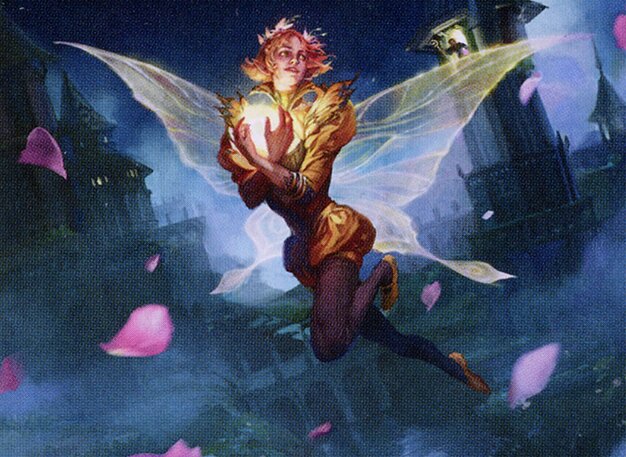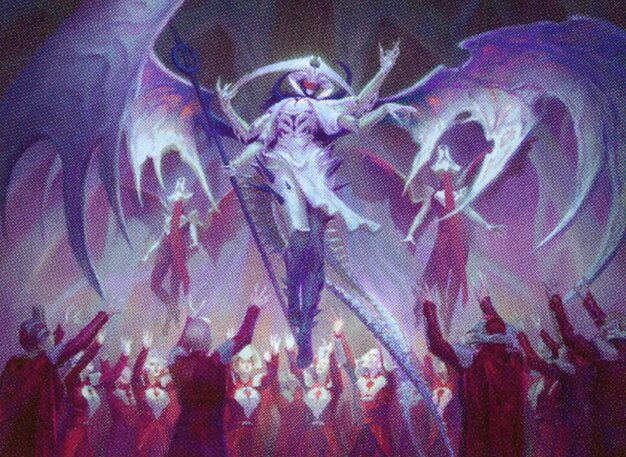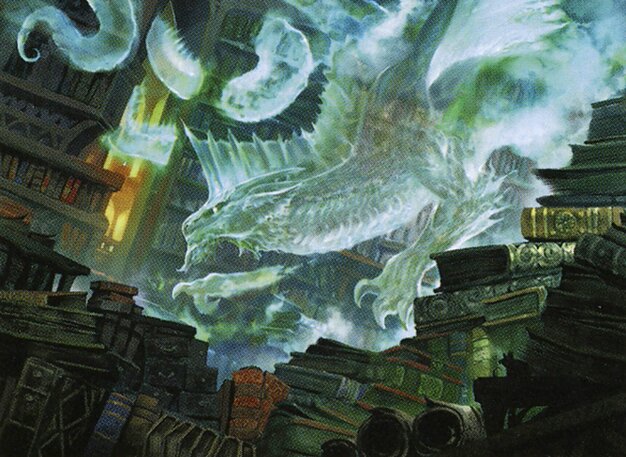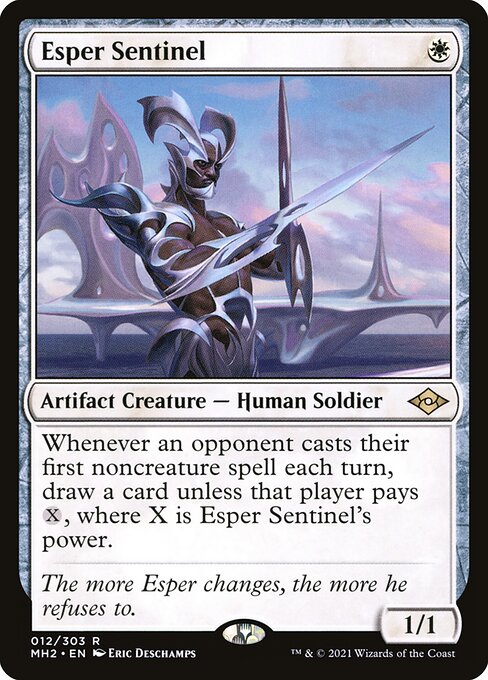Deck & Commander Strategies

Ivy, Gleeful Spellthief
Ivy's deck strategy is focused on controlling the board state and creating a nightmare for her opponents.

Urtet, Remnant of Memnarch
Urtet's deck focuses on creating and buffing a large number of mirror tokens, using them to overrun his opponents.

Atraxa, Grand Unifier
Atraxa's deck uses ETB effects and proliferate mechanics for advantage, but had a slow start in this game.

Miirym, Sentinel Wyrm
Miirym's deck strategy is to create a lot of dragon tokens and deal significant damage through massive dragon attacks. However, the deck had a slow start in this game.
Gameplay Insights
- 1
Ivy's early play of Exploration allowed her to quickly ramp up her mana and get a head start in the game.
- 2
Urtet's use of Nature's Lore and Path of Ancestry allowed him to effectively ramp and scry, improving his board state and card draw.
- 3
Jimmy's decision to keep a two-land hand could be seen as risky, but it allowed him to play a key card early.
- 4
Atraxa's slow start due to mana issues showcases the importance of a good mana base in a multicolor deck.
Notable Cards
-

Exploration
-

Nature's Lore
-

Esper Sentinel
Gameplay Summary
The game started off with a strong lead by Ivy, Gleeful Spellthief, who utilized an exploration card to quickly develop a strong land presence.
This early advantage allowed Ivy to play a number of key cards, including Kedama of the East Tree and Ivy herself, early in the game.
Despite Ivy's early lead, the other players didn't give up.
Urtet, Remnant of Memnarch, showed a strong presence with a focus on creating and buffing mirror tokens.
Atraxa, Grand Unifier, and Miirym, Sentinel Wyrm, however, struggled with mana and were slow to build up their forces.




















![Ivy vs Tor Wauki vs The Red Terror vs Severina [EDH/Commander, Magic The Gathering Gameplay 2022] thumbnail](https://i.ytimg.com/vi/icOuNw_KCn0/sddefault.jpg)
![Lucea Kane vs Ivy vs Optimus Prime vs Tivit [EDH/Commander, Magic The Gathering Gameplay 2022] thumbnail](https://i.ytimg.com/vi/o2ZpW-_uXP0/sddefault.jpg)














![Multicolored Legends of Baldur's Gate [Commander VS 295] | Magic: the Gathering Commander Gameplay thumbnail](https://i.ytimg.com/vi/zAq9d0hwHTU/sddefault.jpg)











